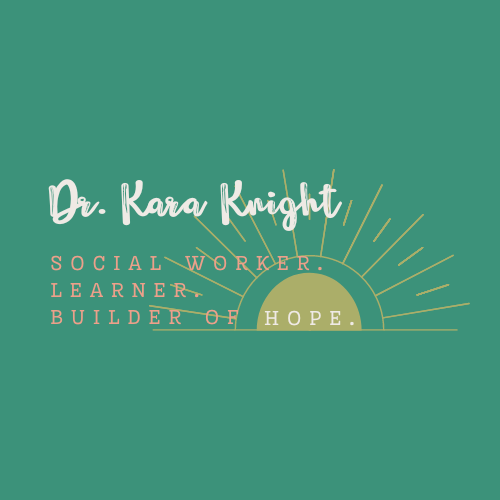
I live for lessons and ideas that I can apply to all areas of my life; Reverse Innovation is one of those transformational ideas.
To give you a short backstory, a few weeks ago, I stumbled across a TED Talk from
Vijay Govindarajan titled “Reverse Innovation.” Needless to say, I was pulled in instantaneously. I thoroughly enjoy learning from global experts in all areas: business, finance, leadership, education, and more. We often stay in our own bubble of expertise to a fault. I have found that there is a plethora of learning that can take place from listening to the successes, and trials, from those in other professions.
While watching Govindarajan’s TED talk, I was hooked. Although his principles mainly apply to the global economy, they can truly be transferable to a myriad of pursuits, careers, and passions. I also recommend reading Govindarajan’s book, Reverse Innovation: Create Far from Home, Win Anywhere.
The above infographic depicts a few of my favorite points from Govindarajan:
- “Do a lot more with a lot less”
- “Change from value for money to value for many (people)”
- “Be curious about all problems”
- “Think ambitions over expectations”
- “You cannot unlock new opportunities by using the same logic”
These concepts are written effortlessly, yet have a much more complex meaning. Furthermore, the meaning of these interpretations can change drastically based on the perspective you bring to the table.
Govindarajan even shares real stories of how reverse innovation is changing the developing world by offering “universal access to world-class quality” at low prices that are unheard of. For example, a $30 artificial leg was made using recycled plastic yogurt cups from Thailand doctors; Can you imagine? Miraculous innovations are occurring all around the world, even in unlikely places.
Applying the Concepts to Education
With tightening budgets and growing expectations for educators, one may find it difficult to transpose the above ideas to education. There always seems to be more things we want for our students, yet not enough money to make it all happen on the surface. But still, educators all over the world are finding ways to be innovative and “doing more with less” while focusing on the people, ambitions, and opportunities before anything else. For example, design thinking, Project Lead the Way, STEM, Makerspaces, and Cardboard Challenges are just some of the ways teachers are advocating for these ideas by using inexpensive items like legos, cardboard, and ducktape.
I am curious to learn from you: How are you, your colleagues, or your school “doing a lot more with a lot less?“

Less discussion time so that my students can have more time to draft, revise, peer review, proofread, and present their analyses. Less assigning of texts so that my students can have more time to choose their own reading. Less seeing them like students–more seeing them as readers & writers already.